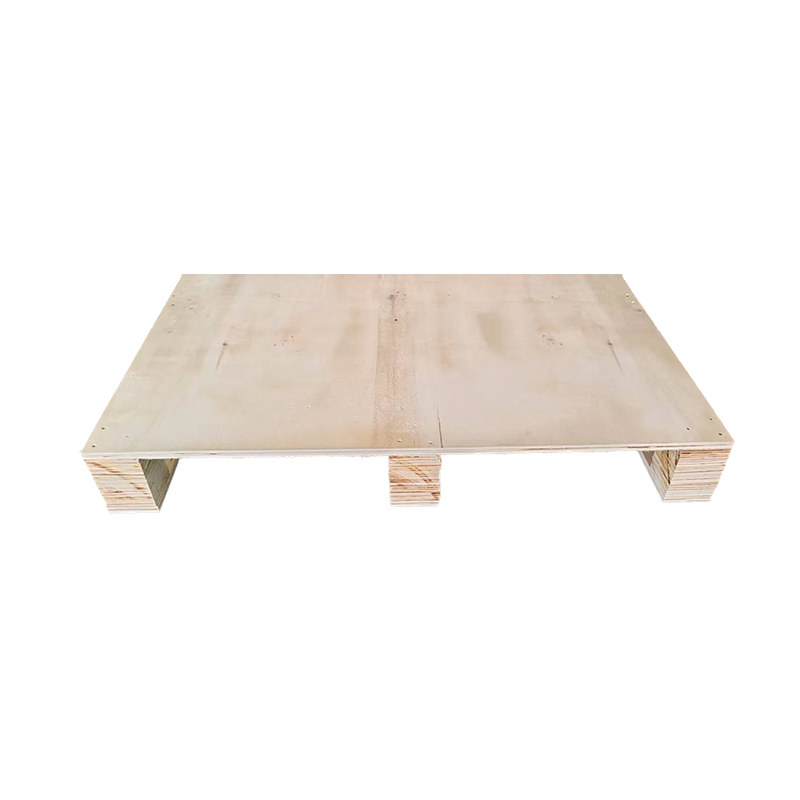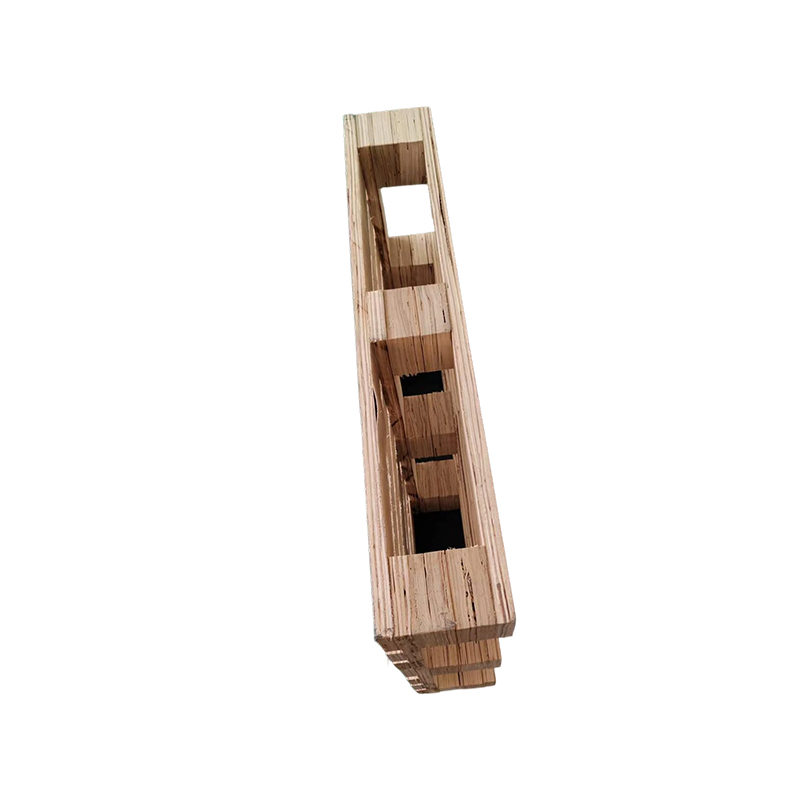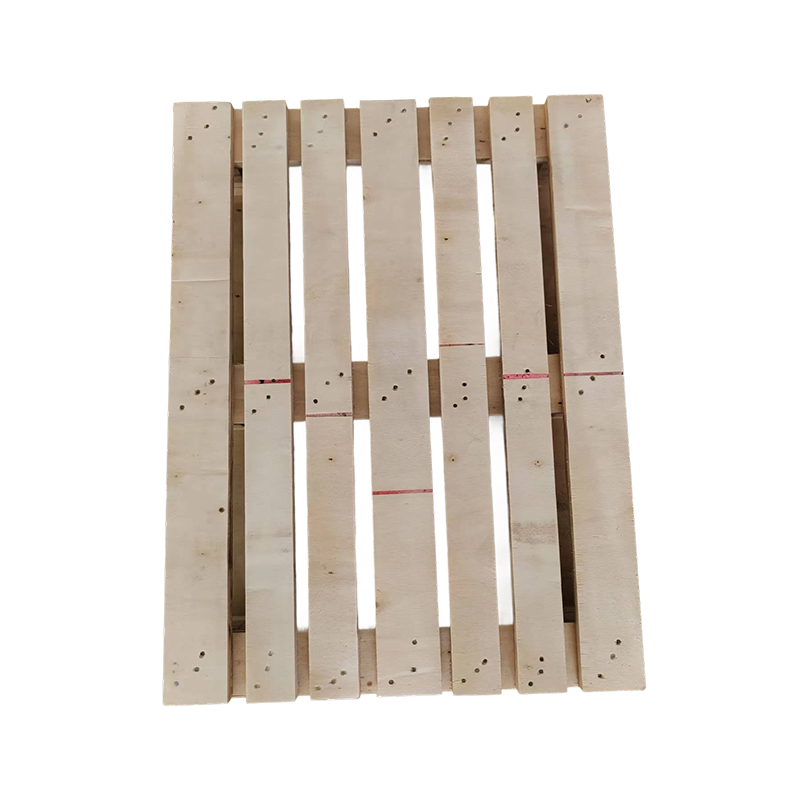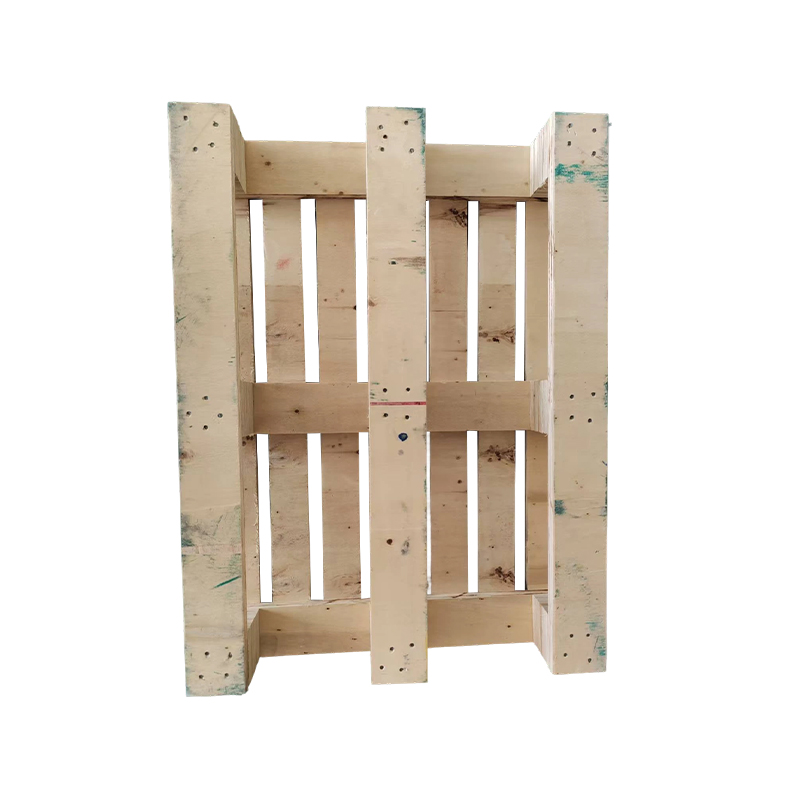Can the ease of assembly of fumigation-free wooden boxes improve cargo packaging efficiency?
Release Time : 2025-08-11
The ease of assembly of fumigation-free wooden boxes offers significant advantages in improving cargo packaging efficiency, which is closely related to their structural design and manufacturing process. Traditional wooden boxes often require complex splicing and fastening processes, which are not only time-consuming but also require a certain level of operator skill. Fumigation-free wooden boxes, on the other hand, are designed with ease of assembly in mind. By optimizing the structure and connection methods, the entire assembly process is simplified and efficient, saving significant time for cargo packaging.
The modular design of fumigation-free wooden boxes is key to improving assembly efficiency. These boxes typically consist of prefabricated side panels, bottom panels, and top panels. Each component's dimensions and interfaces are precisely designed for quick assembly. Operators can assemble the box by simply following simple steps, without the need for complex measuring and cutting. This modular structure reduces uncertainty during the assembly process, allowing even inexperienced workers to quickly master the process and avoid wasted time due to lack of expertise.
The simplified connection methods further enhance the ease of assembly of fumigation-free wooden boxes. Traditional wooden boxes are often secured with fasteners such as nails and screws, requiring specialized tools and making them prone to misalignment or loosening during assembly. Fumigation-free wooden boxes, on the other hand, often utilize fasteners such as snaps, slots, or folding connections, allowing components to securely fit together without the need for additional tools. This tool-free assembly method significantly speeds up assembly and reduces errors caused by improper tool use, making the packaging process smoother and more efficient.
The lightweight nature of fumigation-free wooden boxes also saves effort and time during assembly. Compared to traditional, heavy wooden boxes, fumigation-free wooden boxes are made of lighter materials, making handling components much easier. This reduces fatigue during handling and assembly, enabling operators to maintain high productivity. This advantage is particularly pronounced in high-volume packaging applications, significantly shortening overall packaging time.
The pre-assembled design of fumigation-free wooden boxes reduces on-site operation steps. Some fumigation-free wooden boxes are partially assembled before leaving the factory, requiring only simple unfolding or splicing at the site for ready use. This design eliminates significant on-site processing time, allowing operators to quickly complete packaging preparations and focus more on loading and securing goods, thereby improving overall packaging efficiency.
Post-assembly stability and reliability are also key factors in the fumigation-free wooden box's improved packaging efficiency. The convenient assembly method does not sacrifice stability; on the contrary, the rational structural design ensures that the assembled wooden box retains sufficient strength and sealing. This means operators do not need to spend additional time on post-assembly inspection and reinforcement, reducing repetitive labor and ensuring that a single assembly meets the packaging requirements, avoiding wasted time due to rework.
In large-scale cargo packaging scenarios, the fumigation-free wooden box's ease of assembly further demonstrates its efficiency advantage. Whether packaging at the end of a factory production line or in centralized packaging at a logistics warehouse, its rapid assembly speed meets high-intensity packaging demands. Multiple operators can work simultaneously without interfering with each other, significantly increasing the number of packages per unit time and ensuring that goods are packed and shipped promptly, meeting logistics turnaround time requirements. Overall, the ease of assembly of the fumigation-free wooden box effectively improves cargo packaging efficiency by simplifying operating steps, saving physical effort, and reducing rework, providing an efficient and practical solution for modern logistics packaging.







